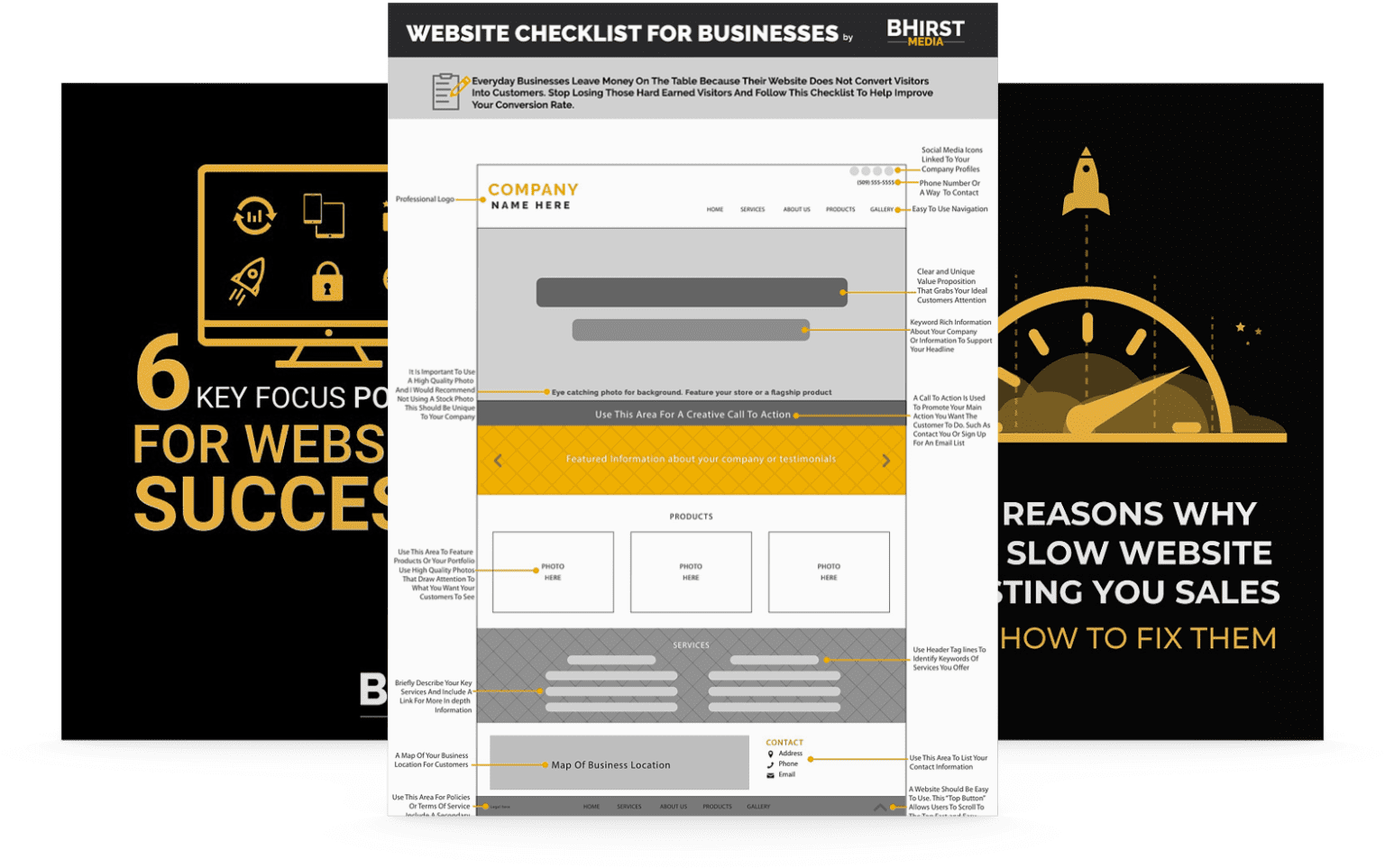
By moving beyond outdated metrics such as open rates and focusing on actionable, conversion-driven data, marketers can achieve more precise insights and measurable outcomes. This article explores strategies to implement these metrics and optimize email campaigns for long-term success.
Email open rates, once considered the gold standard for measuring success, are rapidly diminishing in value. As platform-specific updates such as Apple Mail Privacy Protection continue to alter tracking capabilities, marketers face an increasing challenge in accurately assessing engagement based solely on open rate data.
This article delves into why relying on open rates is no longer sufficient for gauging email marketing effectiveness in 2024 and beyond. We’ll introduce more reliable metrics that offer a deeper understanding of campaign performance, ensuring strategies align with actual user behavior and business goals.
Let’s explore actionable strategies for tracking click-through rates, conversions, and other key performance indicators. This shift will empower your email marketing efforts to deliver measurable results, optimized engagement, and a stronger return on investment.
The long-standing reliance on email open rates as a key performance indicator is losing ground in today’s rapidly evolving email marketing ecosystem. Traditionally, email open rates were considered a straightforward measure of audience interest and engagement. However, due to technological advancements and increasing privacy regulations, this metric’s reliability has significantly diminished.
The primary disruptor is Apple’s Mail Privacy Protection (MPP), which automatically fetches emails in the background to safeguard user privacy. This makes it extremely difficult to differentiate between genuine opens and those triggered by MPP, leading to artificially inflated open rates. Moreover, preview panes, automated email sorting tools, and blocked images from certain Internet Service Providers (ISPs) further complicate the accuracy of open rate tracking.
This shift prompts a critical question for marketers across various industries: Is the effort invested in optimizing for open rates still worthwhile, or should we prioritize more dependable metrics? Let’s examine the factors contributing to the unreliability of open rates.

As marketers shift their focus away from misleading vanity metrics like open rates, click-through rates (CTR) are emerging as critical indicators of genuine engagement and campaign effectiveness. CTR measures whether recipients not only opened the email but also found the content compelling enough to click on a link, signaling a higher level of active interest.
For instance, industry benchmark reports suggest that an average CTR for B2B marketing campaigns hovers around 1.94%, providing a tangible benchmark for marketers to aim for. Beyond CTR however, a suite of additional metrics can provide a more comprehensive view of campaign performance and overall success.
The shift away from focusing solely on open rates represents a fundamental move toward performance-based marketing strategies. By emphasizing metrics such as CTR, conversion rates, and return on investment (ROI), businesses can more effectively align their marketing efforts with crucial objectives like revenue growth and enhanced customer retention.
Implementing straightforward steps, like identifying key performance indicators (KPIs), leveraging robust analytics platforms like Google Analytics, and employing personalized messaging with UTM parameters, can unlock actionable insights and support more informed decision-making. For example, one e-commerce company reported a 2.5% increase in sales after implementing personalized email marketing strategies.
These performance-oriented strategies not only yield better results but also foster the development of impactful email campaigns designed for lasting success and sustainable growth.

To substantially improve email campaign performance, marketers need to shift their focus from outdated metrics and prioritize holistic email strategies. Real success hinges on a combination of technical optimizations and deeper engagement with the target audience, fostering meaningful connections that drive tangible results.
Generating authentic engagement involves actively inviting subscribers to respond to your emails, creating a two-way dialogue. This approach not only provides valuable qualitative feedback but also aligns with current personalization trends, enhancing the customer experience.
While open rates can still provide a basic level of data, cultivating direct engagement through personalized replies fosters stronger customer connections and delivers invaluable insights for continuous improvement.
The methods used to measure email marketing success are undergoing a significant transformation. The historical reliance on outdated indicators like open rates is giving way to performance-driven metrics, including click-through rates, conversion rates, and direct customer feedback. These modern metrics provide greater precision and offer more actionable insights, leading to more successful campaign outcomes.
As privacy measures and technological advancements continue to reshape how marketers track campaign effectiveness, embracing data-driven strategies will ensure that your email marketing remains effective in driving engagement and achieving crucial business goals. It’s time to move beyond vanity metrics and refocus on meaningful, ROI-focused strategies to unlock the true potential of your email campaigns in today’s dynamic digital landscape. Looking ahead, businesses that embrace adaptable strategies and data-driven decision-making will lead in an increasingly competitive landscape. Whether through emerging technologies, customer-first innovation, or operational agility, the next era of success will belong to those who can not just adapt—but anticipate change. The real question isn’t if you’ll adopt these advancements—but how effectively you’ll use them to gain a competitive edge.
